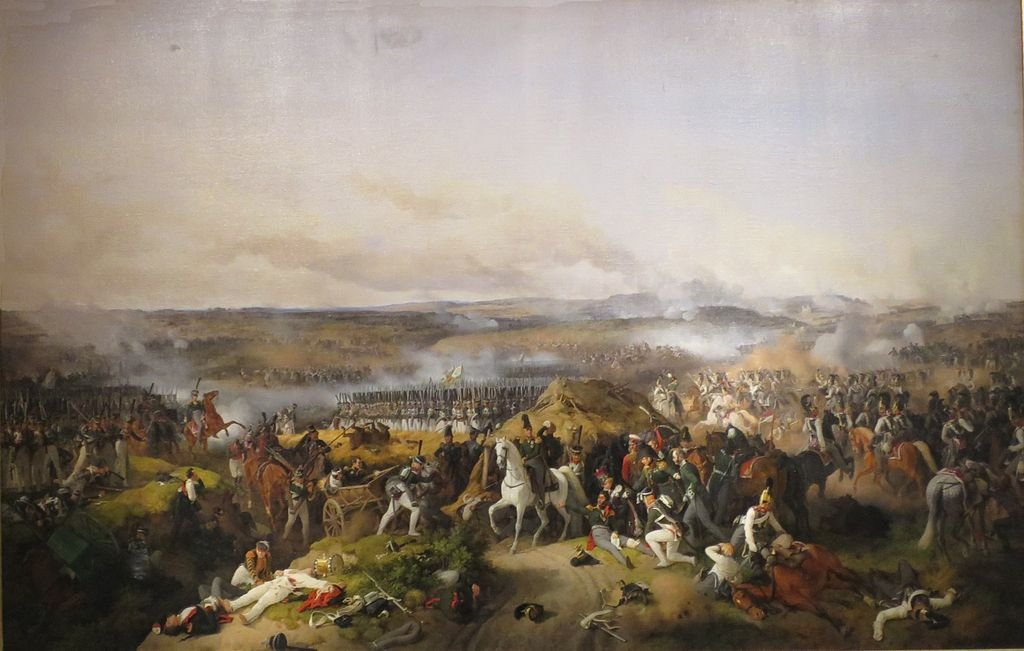When Fiction Bested Nonfiction
(2022)
Download and read the essay here!
The Challenge
War and Peace is a novel unlike any other, an epic with many themes that is still talked of fondly to this day. For a course we were instructed to read War and Peace, but with the idea in mind of writing a historical research paper where the novel was the only source that could be used. This was the challenge. What does one talk about with a book so dense, and how can they tie it into true history? That was what I sought to accomplish.
The Solution
War and Peace, from the first page to the last chapter, was a critique on the history that was being written during Tolstoy’s time. Historians would fill in gaps of knowledge with their own opinions and ideals, their own fiction, and passing it off as reality to all those who would read. Tolstoy took the opposite approach, opting to writing a fiction that used nonfiction to fill in the gaps, and discuss how history can be appropriated and misinterpreted so heavily.
With this in mind, I began to pen my paper on the idea of how War and Peace, through stunning fiction, true to life segments, and deep theoretical thought ended up being a better history than what was published in Tolstoy’s time. Characters became personifications of Russian life and spirit, the greatest of historical figures were brought down to the level of average men, and large battles were told from the perspective of one.
The power of its narrative allowed the book to do more than any work of nonfiction could, thus I gave my argument of War and Peace being a fiction that bested nonfiction. Overall, I was incredibly proud with how this work turned out, and being given the opportunity in one of my history courses to discuss narrative in general.

